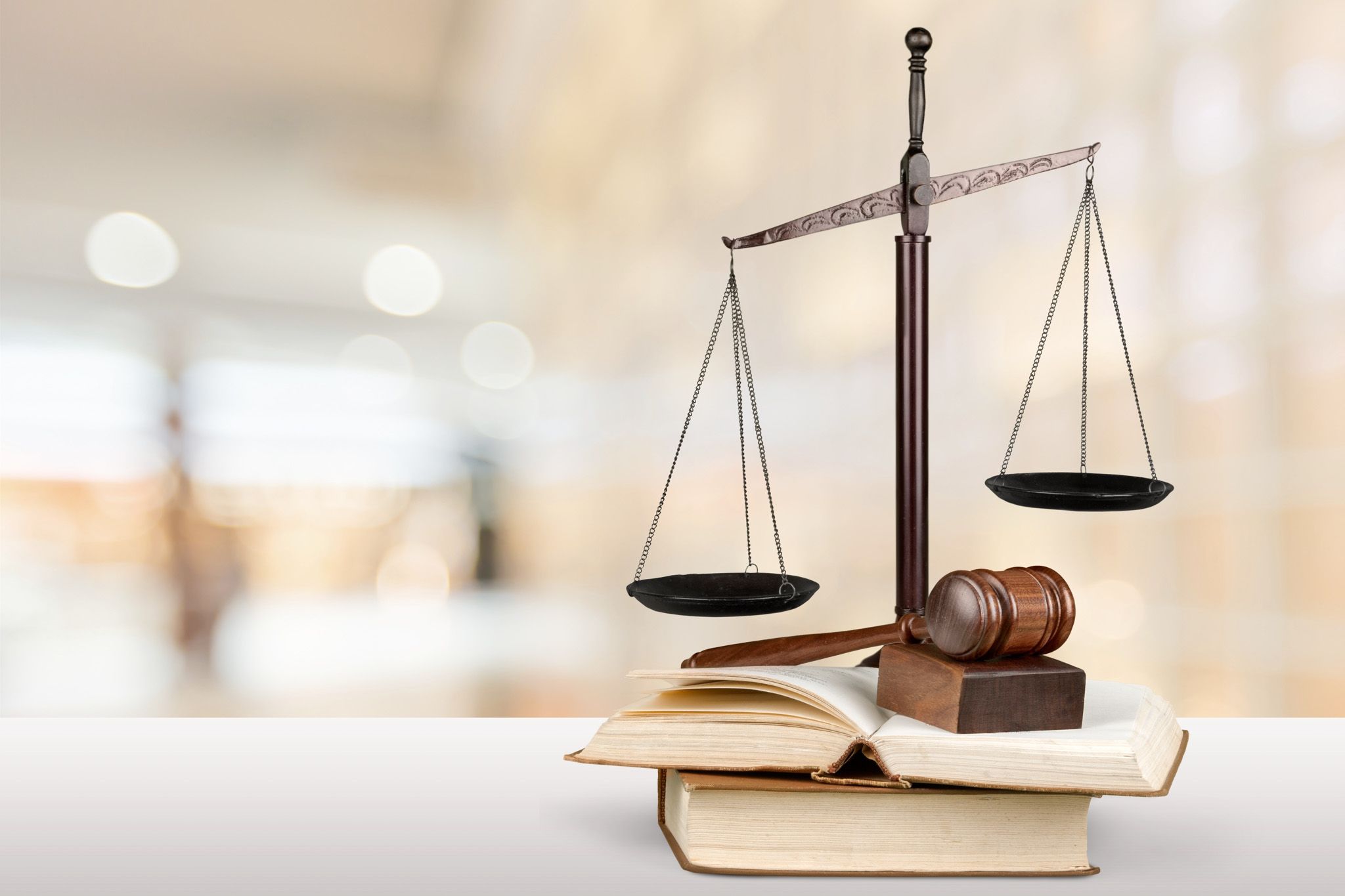
Whether you're a budding artist, a small business owner, or a seasoned entrepreneur, protecting your intellectual property is crucial. Understanding the distinctions between trademarks and copyrights is essential in safeguarding your creative assets. This blog post will delve into the key differences between these two legal concepts and provide insights for Utah creators and businesses.
Protecting Your Brand vs. Protecting Your Creations: A Breakdown of Key Differences between Trademark and Copyright for Utah Creators and Businesses
Trademarks: Protecting Your Brand Identity
Trademarks are symbols, words, phrases, designs, or combinations of these elements that uniquely identify a product or service. They serve as a badge of origin, associating goods or services with a specific source.
Key Characteristics of Trademarks:
Distinctiveness: Trademarks must be distinctive to avoid confusion with others in the marketplace.
Use: Trademarks are typically protected through use in commerce. This means you must actively use the mark in connection with your goods or services.
Geographic Scope: Trademarks are generally protected within the geographic area where they are used.
Examples of Trademarks:
- Company names (e.g., Apple, Nike)
- Logos (e.g., the iconic Nike swoosh)
- Slogans (e.g., "Just Do It")
Copyrights: Protecting Your Original Works
Copyrights protect original works of authorship, including literary, artistic, musical, dramatic, and architectural works. They grant exclusive rights to the creator to reproduce, distribute, perform, display, and create derivative works based on the copyrighted material.
Key Characteristics of Copyrights:
Originality: Copyrights protect works that are original and the result of the author's own creative efforts.
Fixation: To be protected, a work must be fixed in a tangible medium, such as a book, painting, or computer file.
Automatic Protection: Copyright protection arises automatically upon creation of an original work, although registration can provide additional benefits.
Examples of Copyrighted Works:
- Books, articles, and blog posts
- Music compositions and lyrics
- Paintings, sculptures, and photographs
- Software code
- Movies and television shows
Key Differences Between Trademarks and Copyrights
|
Feature |
Trademark |
Copyright |
|
Protection |
Identifies source of goods or services |
Protects original works of authorship |
|
Scope |
Geographic area where used |
Nationwide |
|
Acquisition |
Use in commerce |
Automatic upon creation |
|
Duration |
Potentially indefinite with renewal |
70 years after the author's death (or 95 years for corporate works) |
Conclusion
Understanding the distinctions between trademarks and copyrights is crucial for Utah creators and businesses seeking to protect their intellectual property. By effectively safeguarding your brand and creations, you can establish a strong foundation for success and mitigate the risk of infringement. If you have questions about trademark or copyright law, consulting with an experienced attorney can provide valuable guidance and tailored advice.